Prestige Power Pack: Should I Convert 6" Vent to 8"?
building_a_house
11 years ago
Related Stories
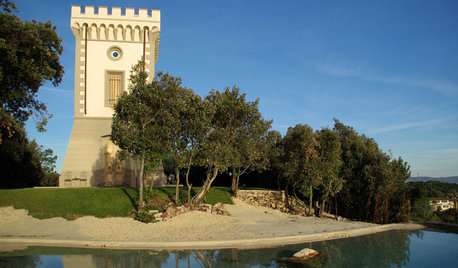
FUN HOUZZWorld of Design: 10 Unconventional Homes Packed With Personality
Life inside a former church, missile silo or greenhouse? Be it in Japan, Denmark or somewhere in between, not every home begins as a house
Full Story
KITCHEN DESIGNA Cook’s 6 Tips for Buying Kitchen Appliances
An avid home chef answers tricky questions about choosing the right oven, stovetop, vent hood and more
Full Story
LIVING ROOMSHow to Convert Your Wood-Burning Fireplace
Learn about inserts and other options for switching your fireplace from wood to gas or electric
Full Story
BATHROOM DESIGNConvert Your Tub Space Into a Shower — the Tiling and Grouting Phase
Step 3 in swapping your tub for a sleek new shower: Pick the right tile and test it out, then choose your grout color and type
Full Story
LIFEHow to Prepare for and Live With a Power Outage
When electricity loss puts food, water and heat in jeopardy, don't be in the dark about how to stay as safe and comfortable as possible
Full Story
GREEN BUILDINGOff the Grid: Ready to Pull the Plug on City Power?
What to consider if you want to stop relying on public utilities — or just have a more energy-efficient home
Full Story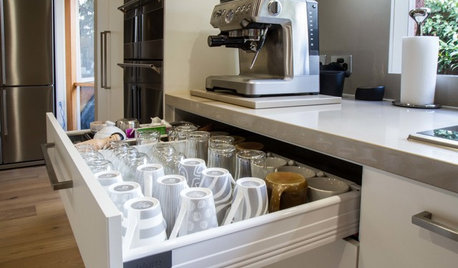
KITCHEN STORAGEPulling Power: Clever Drawer Tactics for a Kitchen
It’s not how many drawers you have in your kitchen; it’s how they work for you
Full Story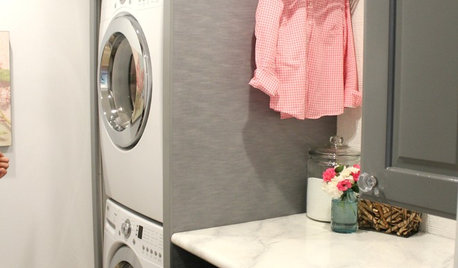
LAUNDRY ROOMSSee an Amazing $400 Laundry Room Remodel for a Family of 8
Budget shopping and DIY spirit create folding space, smart storage and better organization for a couple and their 6 kids
Full Story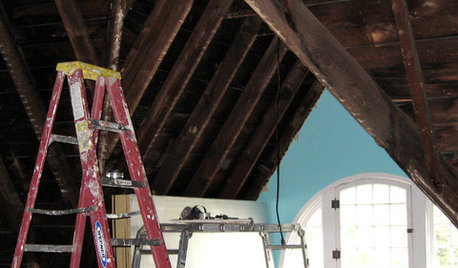
REMODELING GUIDES8 Lessons on Renovating a House from Someone Who's Living It
So you think DIY remodeling is going to be fun? Here is one homeowner's list of what you may be getting yourself into
Full Story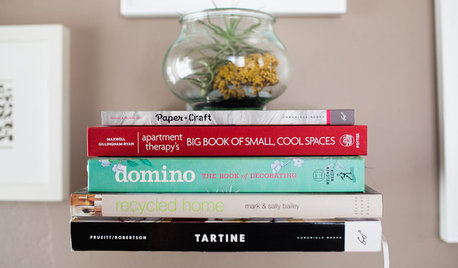
DECORATING GUIDES8 Reasons to Jump Off the DIY Bandwagon
You heard right. Stop beating yourself up for not making stuff yourself, and start seeing the bright side of buying from others
Full StoryMore Discussions






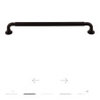


deeageaux
weissman
Related Professionals
Arlington Kitchen & Bathroom Designers · Four Corners Kitchen & Bathroom Designers · Knoxville Kitchen & Bathroom Designers · Lockport Kitchen & Bathroom Designers · Ocala Kitchen & Bathroom Designers · Cherry Hill Kitchen & Bathroom Designers · Auburn Kitchen & Bathroom Remodelers · Beverly Hills Kitchen & Bathroom Remodelers · Dearborn Kitchen & Bathroom Remodelers · Pueblo Kitchen & Bathroom Remodelers · West Palm Beach Kitchen & Bathroom Remodelers · Aspen Hill Cabinets & Cabinetry · Jefferson Valley-Yorktown Cabinets & Cabinetry · Red Bank Cabinets & Cabinetry · Salisbury Cabinets & Cabinetrybuilding_a_houseOriginal Author
SparklingWater
building_a_houseOriginal Author
fran415
building_a_houseOriginal Author
SparklingWater
building_a_houseOriginal Author
building_a_houseOriginal Author
SparklingWater
SparklingWater
building_a_houseOriginal Author
SparklingWater
building_a_houseOriginal Author
kaseki
building_a_houseOriginal Author